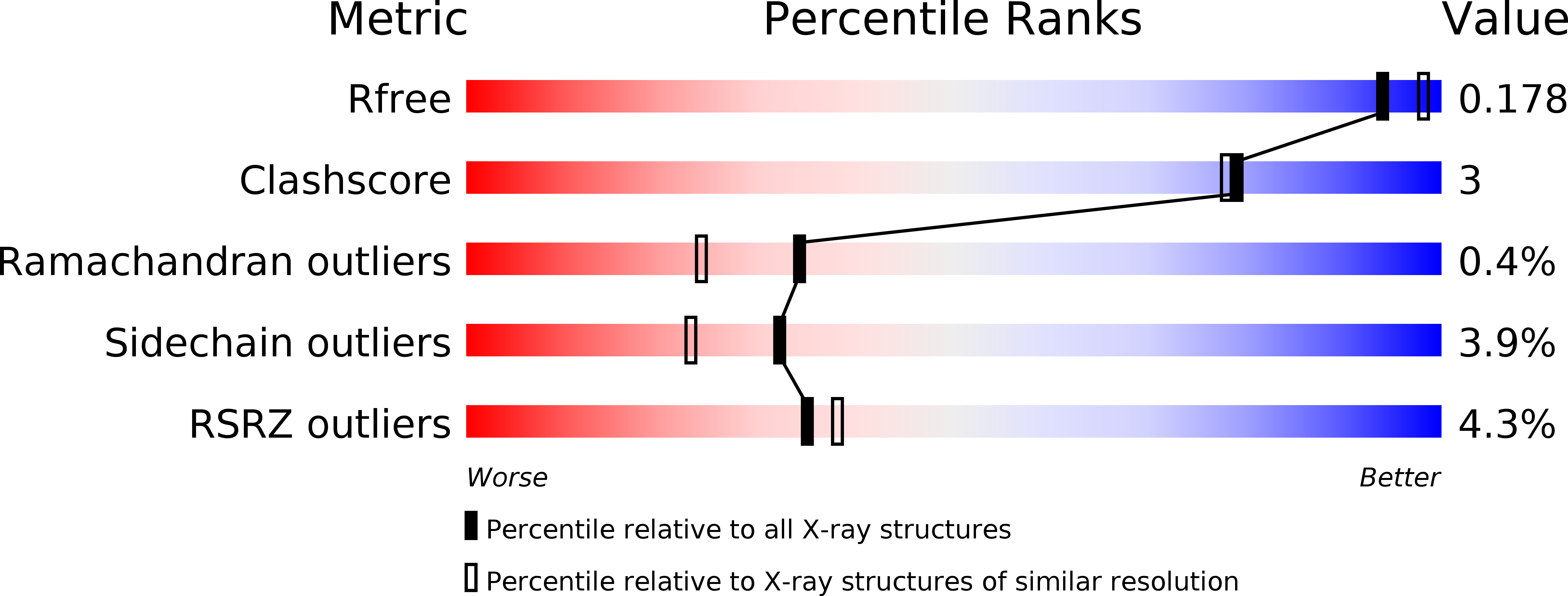
Deposition Date
2013-10-16
Release Date
2014-10-01
Last Version Date
2024-03-20
Entry Detail
PDB ID:
4N81
Keywords:
Title:
Another flexible region at the active site of an inositol monophosphatase from Zymomonas mobilis
Biological Source:
Source Organism:
Zymomonas mobilis (Taxon ID: 264203)
Host Organism:
Method Details:
Experimental Method:
Resolution:
1.90 Å
R-Value Free:
0.17
R-Value Work:
0.14
R-Value Observed:
0.14
Space Group:
P 32 2 1


